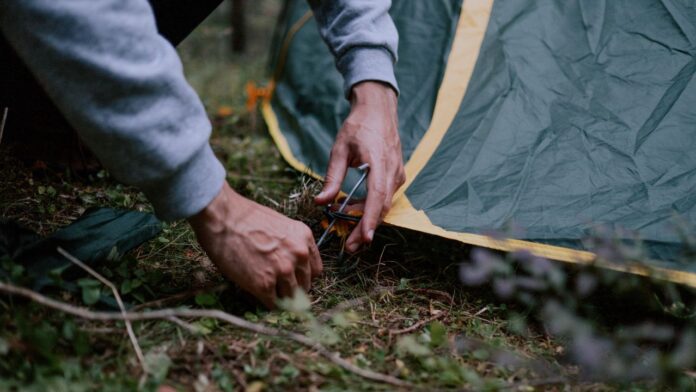Maintaining a campground isn’t just about providing a place for outdoor enthusiasts to escape to nature; it’s also about preserving the environment and ensuring a safe and enjoyable experience for everyone.
Effective campground care involves a combination of practices that promote cleanliness, safety, and sustainability. In this blog post, we’ll explore essential maintenance practices that are crucial for the well-being of your campground and its visitors.
Regular cleaning and waste management
Maintaining a clean and environmentally friendly campground can go a long way in enhancing the overall experience for campers. It’s not just about keeping the sites and trails free of debris, but also ensuring that waste disposal is done responsibly. One crucial aspect of this is septic tank cleaning.
By regularly cleaning and maintaining the septic tanks at your campground, you not only keep the area hygienic but also prevent contamination of the surrounding habitat. Make sure to provide ample trash and recycling bins so that visitors can dispose of their waste responsibly and reduce litter. A clean campground is not only beautiful, but it also shows your commitment to preserving the environment.
Trail and path maintenance
Trails and paths are the lifeblood of campgrounds, allowing visitors to explore the great outdoors by foot or bike. To ensure the safety of campers, it’s important to conduct regular inspections of trails, keeping an eye out for potential hazards like fallen trees, erosion, and unstable ground. Clearing trails of obstacles and overgrowth can also enhance the experience of hikers and bikers alike.
Additionally, marking trails clearly can guide campers safely, preventing them from getting lost and contributing to camper satisfaction. Further, taking measures such as installing retaining walls or gravel surfacing can help address erosion, which can not only guarantee camper safety but also prevent environmental damage.
Fire safety precautions
There’s nothing quite like the cozy warmth of a crackling campfire on a chilly evening. However, it’s important to remember that as much as we love them, campfires can be dangerous if not handled responsibly. Fortunately, there are steps you can take to mitigate the risk.
One of the most important is to establish designated fire rings or pits in safe areas, away from any nearby trees, shrubs, or other vegetation that could catch fire. It’s also crucial to clearly communicate fire safety rules to all campers and provide them with fire safety equipment, such as water buckets or fire extinguishers.
Vegetation management
Maintaining that balance between natural beauty and camper needs requires dedicated effort. That’s why regular assessments of the health of campgrounds’ trees and vegetation are so important. Identifying and removing dead or hazardous trees can prevent potential accidents and keep both campers and the environment safe.
Another key to effective campground care is promoting the growth of native plants while simultaneously controlling invasive species that can disrupt the ecosystem. Striking this balance not only speaks to the ethics of conservation but also guarantees that campers are provided with a beautiful, well-maintained environment that fully complements their adventures in nature.
Water source management
Clean and safe water is crucial for any camping trip. It not only enhances the camper’s experience but also plays a significant role in their well-being. Access to clean water provides comfort and ease, allowing campers to focus on enjoying the great outdoors rather than worrying about their hydration needs.
But access to clean water is not just a luxury; it is a fundamental necessity for survival. Proper water management starts with regularly testing water sources to ensure they meet safety standards and implementing the necessary treatment procedures if required. Additionally, maintaining plumbing and restroom facilities is crucial to prevent leaks and contamination.
Wildlife education and management
There’s nothing quite like waking up to the sound of birds chirping and squirrels scampering around the campground. Sharing your space with local wildlife can add a whole new dimension to your camping experience, but it also comes with great responsibility. It’s critical that campers understand how to coexist with wildlife, and that means steering clear of approaching or feeding them.
By doing so, you’ll create a safer and more balanced ecosystem that encourages harmony between humans and nature. Implementing measures like proper food storage and trash disposal can also go a long way in preventing conflicts between campers and wildlife. With the right education and habits, you’ll foster an environment that can be enjoyed by all, from the smallest birds and mammals to the biggest campers.
Conclusion
Campground care is a multifaceted endeavor that requires a commitment to maintaining both the camper experience and the natural environment. Integrating these essential maintenance practices into your campground management strategy will create a safe, clean, and sustainable haven for outdoor enthusiasts. Remember, a well-cared-for campground not only enhances the enjoyment of your visitors but also contributes to the preservation of nature’s beauty for generations to come.
Also Read:

